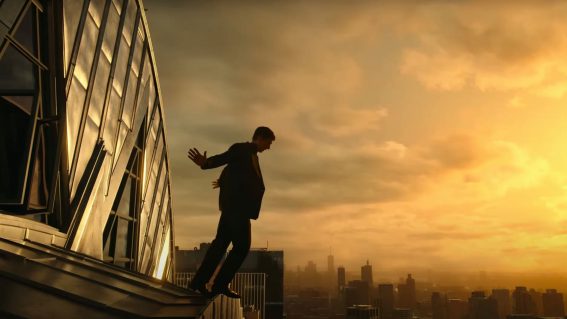Martin Scorsese’s Killers of the Flower Moon leaves a devastating impact
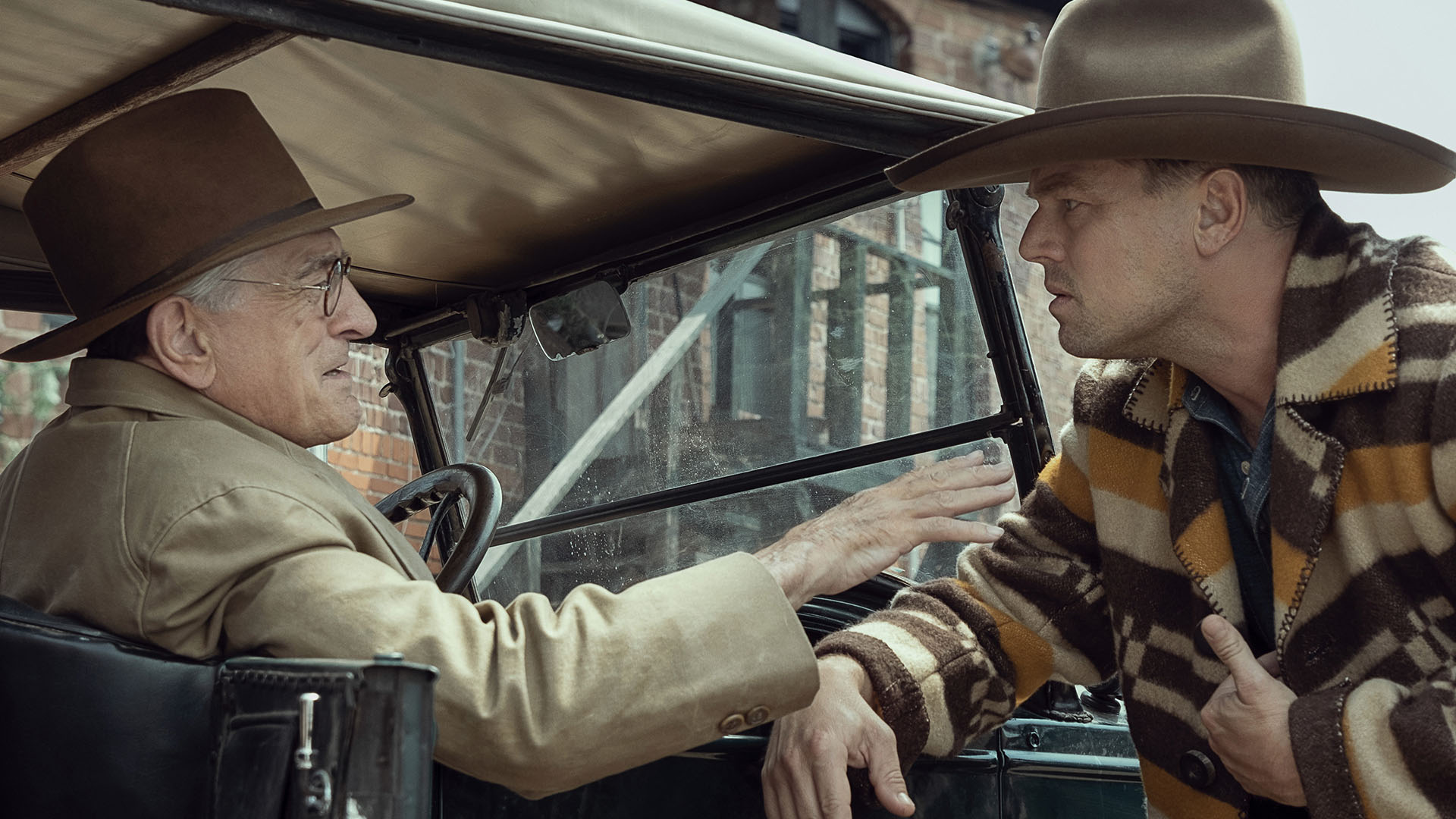
Martin Scorsese directs Leonardo DiCaprio, Lily Gladstone and Robert De Niro in Killers of the Flower Moon. Reviewing from Cannes earlier this year, Rory Doherty observes that in his first Western, America’s greatest exposes some of the darkest rot of frontier enterprise.
Killers of the Flower Moon
If there’s one thing Scorsese films love more than explosions of violence, it’s implicating the audience in their uncomfortable afterglow. Goodfellas, Casino, even The Wolf of Wall Street don’t deploy brutality and bloodshed to simply entertain, but deploy them in a flashy manner precisely to leave us in a complicated emotional state—what if we look past the glitzy, dynamic pop filmmaking and think about the reality of what we’ve seen?
Movies, Scorsese offers, are a fundamentally insincere and incapable way to tackle the many ways violence leaves a lifetime of wounds we never recover from. It’s one of the reasons his latest, Killers of the Flower Moon, leaves such a devastating impact—the violence committed against the Native Americans of Osage Nation in the early decades of the 20th century, perpetrated by white businessmen, criminals, and even family men to get ahold of oil money, has never been properly accounted for.
A major film acknowledging the injustice suffered by Native victims in Osage County, Oklahoma across the early 20th century inherently feels like it comes loaded with the reminder that a century may be too much time past to account for the horrors Natives have been expected to bear for so long. In the face of its mammoth storytelling burden, Killers of the Flower Moon chooses to be warm, affecting, humorous, but it is also vile, cruel, and upsetting. All in all, it’s a Martin Scorsese film; in his first Western, America’s greatest exposes some of the darkest rot of frontier enterprise.
In the latter stage of his career, Scorsese’s style has moved to a more muted, patient feeling. Still paired with his greatest collaborator, editor Thelma Schoonmaker, his films are longer, packed with less showy camerawork, and more willing to lie in the unspoken but infuriating contradictions of human nature. 2013’s The Wolf of Wall Street may have been his final encore for the zippy energy of Goodfellas fame—his subsequent three features made it clear that he’s into contemplative and confronting dives into how human beings justify morally conflicting behaviour all the way.
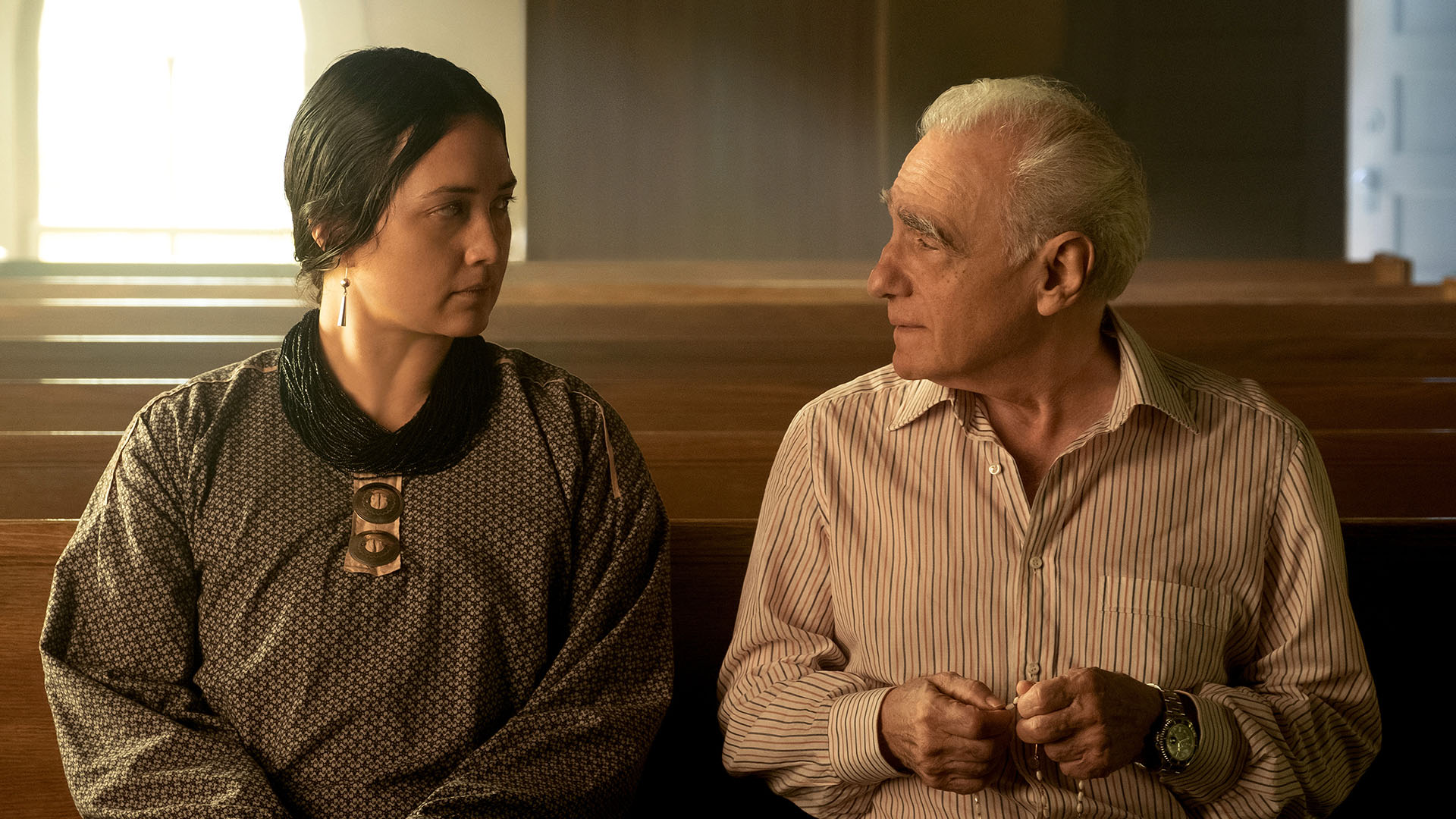
Ernest Burkhart (Leonard DiCaprio) has just finished army service, and comes unceremoniously to the home of uncle William Hale (Robert De Niro) on his profitable cattle farm slap bang in the middle of the oil fields of Osage County—where the land Natives were allotted at the end of the 19th century has made Osage people the richest per capita. But this money comes at a cost; the murderous envy of power-hungry businessmen results in a steadily increasing amount of Native killings, ones calculated to easily pass the land rights into white hands.
When we first meet Ernest, you wonder if DiCaprio is too old to play the part: there’s a purposelessness and ignorance to the character that seems youthful (not to mention the real Ernest was in his 20s when the film took place). But DiCaprio’s pronounced jaw and furrowed brow prove instrumental to pulling off Ernest’s simpleness. He’s the type of man who’d fall in love, get married, and completely forget the fact that he was instructed to do so by his charming, machiavellian uncle. DiCaprio here contributes a well-established historical cinematic character type: incredibly stupid men whose actions change the course of America.
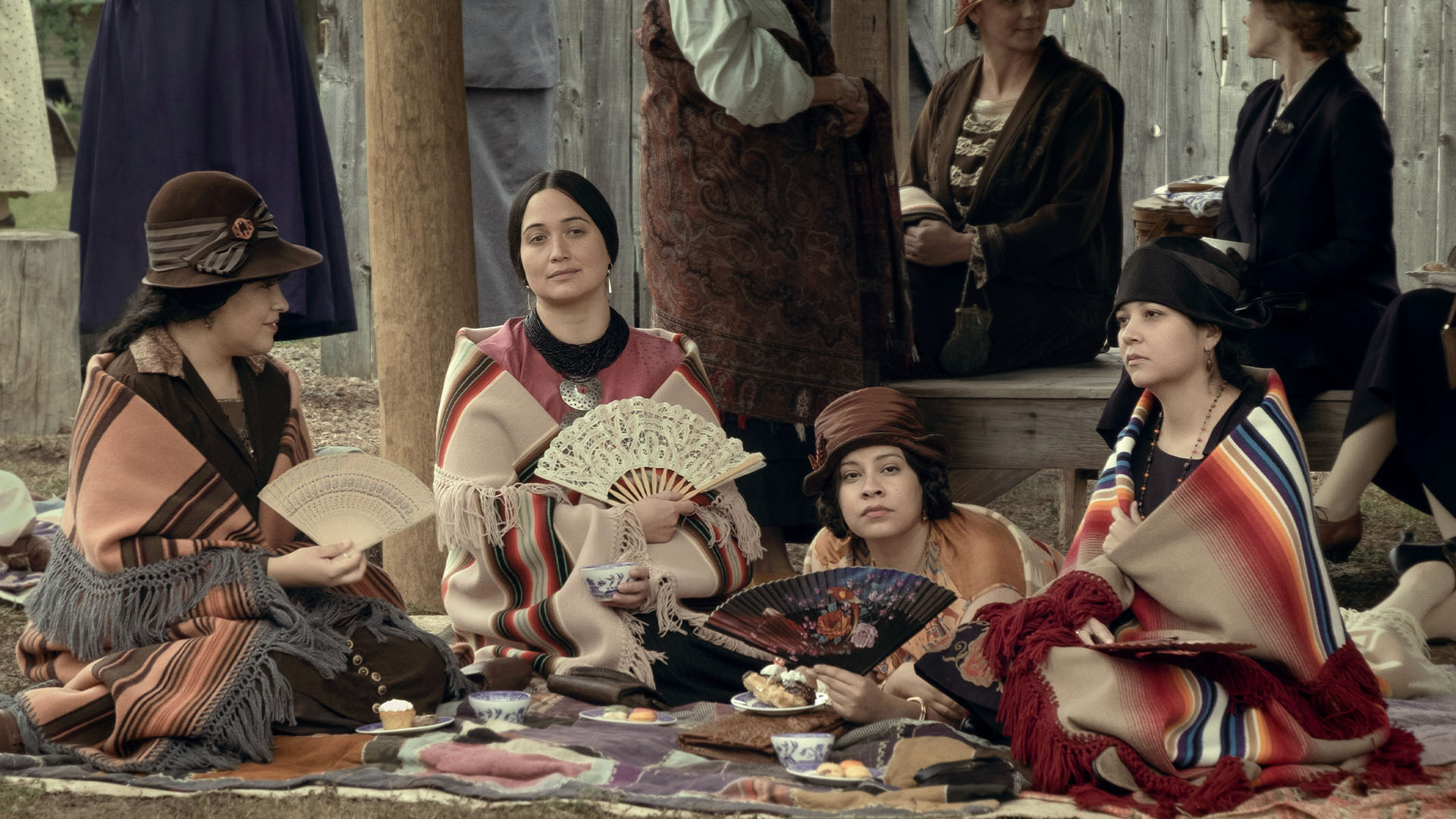
The film, for all 206 of its minutes, belongs to two performers: Lily Gladstone and Robert De Niro. De Niro inherits the supporting role last enjoyed by Al Pacino in The Irishman, giving a live-wire, runaway turn that doesn’t steal the show, but rather complements our solemn protagonist. The poise and mannered way he reveals the true extent of his barbaric schemes has a sickly premeditation to it—this is the true American evil, one that unfolds with little resistance or hesitation.
He’s a sharp contrast to Mollie Cobb (Gladstone), a wealthy Native American who, in spite of herself, falls for Ernest’s buoyant charm and soon undergoes a hellish ordeal of grief, sickness, and life-threatening fear. Gladstone is best known for a standout lovesick turn in Kelly Reichardt’s Certain Women, and brings a delicate but powerful humanity in a film populated by monsters. The sincerity of her love for Ernest becomes punishing during the long stretches of the film in which she’s in the throes of illness; she carries every scene with a focus and pathos that puts her squarely on the shoulders of the tremendous women of Scorsese’s oeuvre.
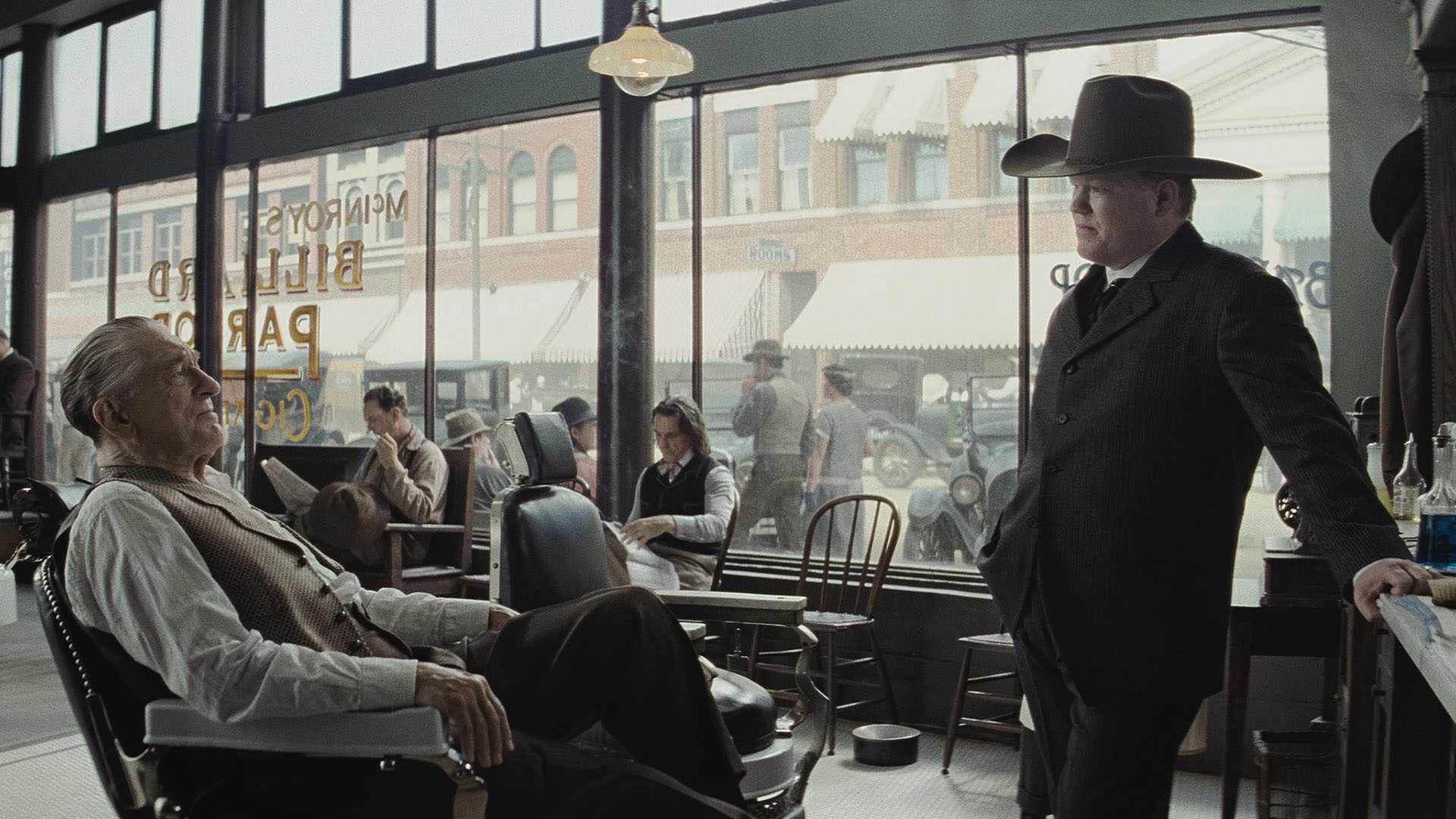
Killers of the Flower Moon is about whiteness, about the ways it is a construct based on and depending on violence to maintain dominance, and how any power allocated to or enjoyed by other ethnicities is an affront and a threat to its dominion. The final five minutes of Killers of the Flower Moon, one of the best codas in any Scorsese work, round up the facts of the case in a way that reminds us that the story of the Osage murders has been wrestled from Native hands since the first bloodshed.
We know that even after the killers were brought to justice, the US government went straight back to punishing Native Americans for the crime of belonging to the land that Americans profit from. Scorsese’s film doesn’t suggest it is the most authentic, authoritative cinematic text on Native injustice—instead, it acknowledges how tragic it is that no such text has ever been made.
Originally published by Flicks on May 21, 2023.

















